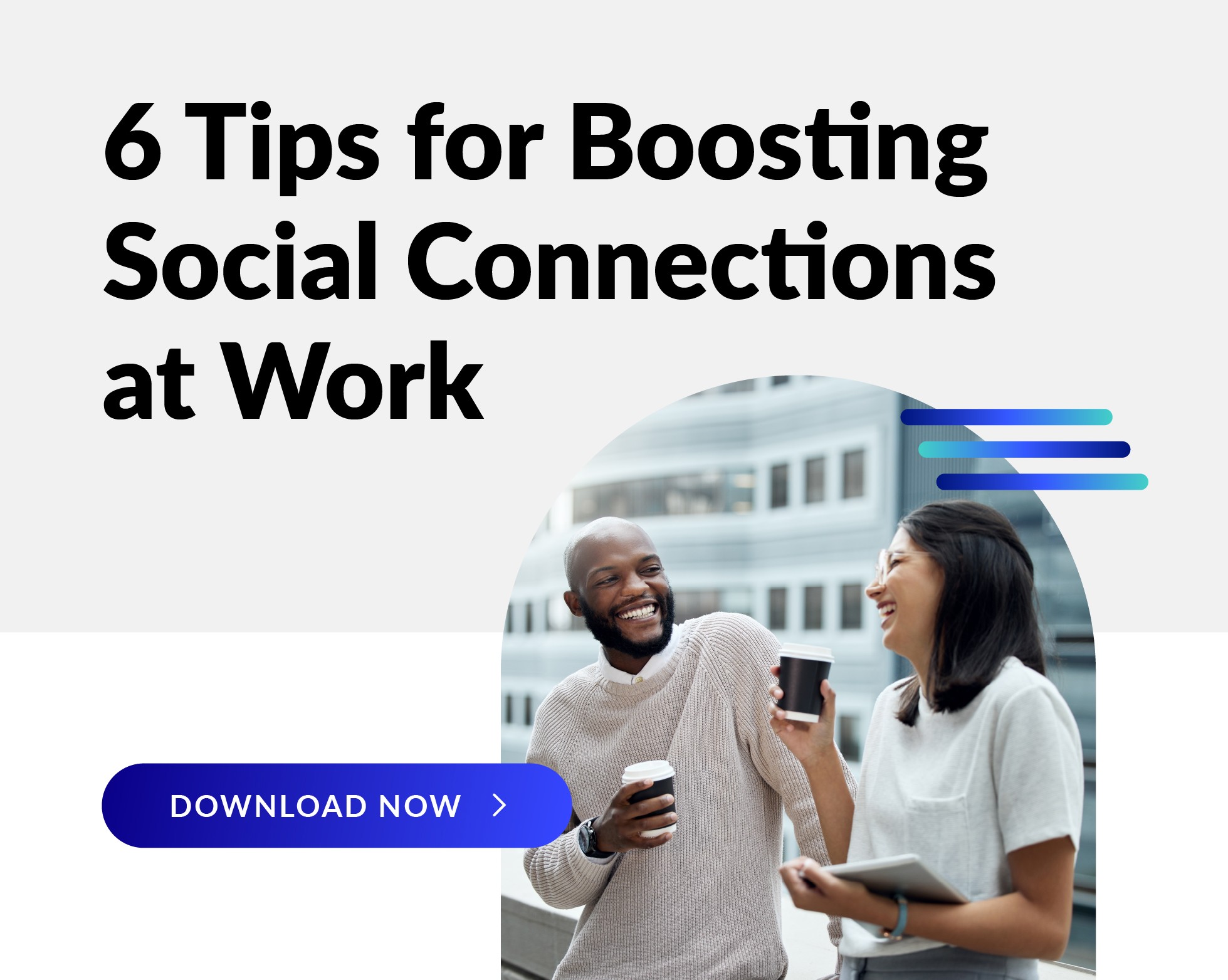 When the country shut down in mid-March, non-coronavirus-related healthcare suddenly stopped, too. Elective surgeries, preventive care, and routine checkups were all put on hold. Now that most doctors’ offices and hospitals have reopened, what kind of changes will we see post-quarantine? Which aspects of healthcare delivery may have been permanently altered? What types of healthcare benefits will consumers now demand? In this blog, we explore those timely topics.
When the country shut down in mid-March, non-coronavirus-related healthcare suddenly stopped, too. Elective surgeries, preventive care, and routine checkups were all put on hold. Now that most doctors’ offices and hospitals have reopened, what kind of changes will we see post-quarantine? Which aspects of healthcare delivery may have been permanently altered? What types of healthcare benefits will consumers now demand? In this blog, we explore those timely topics.
Telehealth finally broke through.
Telehealth has been around for well over a decade, yet was not widely adopted. But, when the coronavirus pandemic hit, every type of practitioner—from primary care doctors to dermatologists to mental health counselors—offered a telehealth option and health plans encouraged everyone to jump on board. Suddenly, we all realized how easy and effective it was to conduct medicine virtually. Parents with small children got quick answers to common concerns, and tech-savvy seniors successfully navigated virtual visits with their doctors.
Before the pandemic, just 25% of people had used telehealth, according to a study conducted by Black Book Market Research. This same study found that 59% are now more likely to use telehealth services.
Insight: Telehealth looks like it’s here to stay.
Mental health is finally getting the attention it deserves.
With one in five U.S. adults experiencing a mental illness each year, it was clear before the pandemic that the prevalence of mental health issues had reached crisis proportions. More employers started to acknowledge that mental health is not only a personal issue, but one that impacts the workplace, too. Still, many employees did not feel comfortable discussing mental health concerns with managers or even HR.
COVID-19 has hopefully changed that for good. According to a poll by the Kaiser Family Foundation (KFF), nearly half (45%) of U.S. adults reported that their mental health had been negatively impacted due to worry and stress associated with the coronavirus. In response, employers scrambled to provide access to virtual mental health counseling and mindfulness and meditation apps, all while promoting the services of their Employee Assistance Programs (EAPs).
During quarantine, employees had to become more open with managers about work-life issues, such as childcare and education, caring for older relatives, and managing stress. Senior leaders, including CEOs, directly addressed the stress that employees were facing in videos and company-wide emails. In essence, we started to have a national conversation about mental health.
Insight: We predict that this new transparency will positively impact how employers address mental health concerns in the future.
There will be a surge in healthcare this summer.
A KFF study revealed 48% of respondents say they or someone in their household skipped or delayed medical care in the last three months because of COVID-19. Now that hospitals and doctors’ offices have reopened, health plans and employers will likely see a surge in healthcare procedures and claims.
In addition to postponing elective surgical procedures and cancer treatments, many put off preventive care during the quarantine. For those managing chronic conditions like diabetes, high cholesterol, high blood pressure, and asthma, follow-ups are critical.
Doctors and hospitals have implemented strict safety protocols, so the hope is that patients will resume regular care to keep chronic conditions from flaring up or worsening.
Insight: Now is the time to communicate with employees and members about scheduling follow-up and preventive care visits. This is especially important for those with children who need routine vaccinations and well-care.
COVID-19 highlighted the need for a continued focus on condition management and overall well-being.
The Centers for Disease Control (CDC) reports that 90% of patients requiring hospitalization for COVID-19 had one or more underlying conditions like high blood pressure, obesity, chronic lung disease, diabetes, and cardiovascular disease. The wider population may start to realize that condition management programs are critical to helping people better manage chronic diseases and maintain and improve their quality of life.
It’s also important to consider how well-being programs that focus on the whole person can make a difference in health and immunity. For example, obesity is often correlated with conditions like heart disease and diabetes. According to the CDC, when obese individuals lose even a modest 5% of their body weight, it can lead to an improvement in other chronic conditions.
Insight: Well-being programs that focus on increasing physical activity, losing weight, improving nutrition, getting better sleep, and reducing stress can not only impact the prevalence of chronic diseases, but they may also decrease an individual’s risk for contracting COVID-19.
Health plans may see changes to membership and offerings.
Tens of thousands of Americans were laid off during the first three months of quarantine, leaving many without health insurance. Those who were lucky enough to keep their jobs, but with reduced hours, may no longer meet the threshold for receiving benefits. This will cause not only a surge in those receiving COBRA benefits—federally mandated continuation of benefits after leaving a job—but will also likely lead to an increase in the number of dependents added to an employed spouse’s or even a parent’s health plan.
Coronavirus also heightened the importance of employer-sponsored benefits, and employees will be looking to health plans to address their specific needs. This may mean an increase in voluntary benefits, such as critical illness insurance and financial wellness benefits. Employees will also want continued access to telehealth, enhanced mental health offerings, and digital solutions that make it easy to navigate healthcare.
Insight: Employer benefits and health plans will evolve to meet the needs of the post-COVID healthcare consumer.
It’s hard to talk about silver linings when so many lives have been lost due to the pandemic. We’re hopeful, though, that the new behaviors we’ve adopted out of necessity—like telehealth, reduced stigmatization of mental health concerns, and a heightened focus on holistic well-being—will persist long after the current health crisis subsides.
Related Content:

